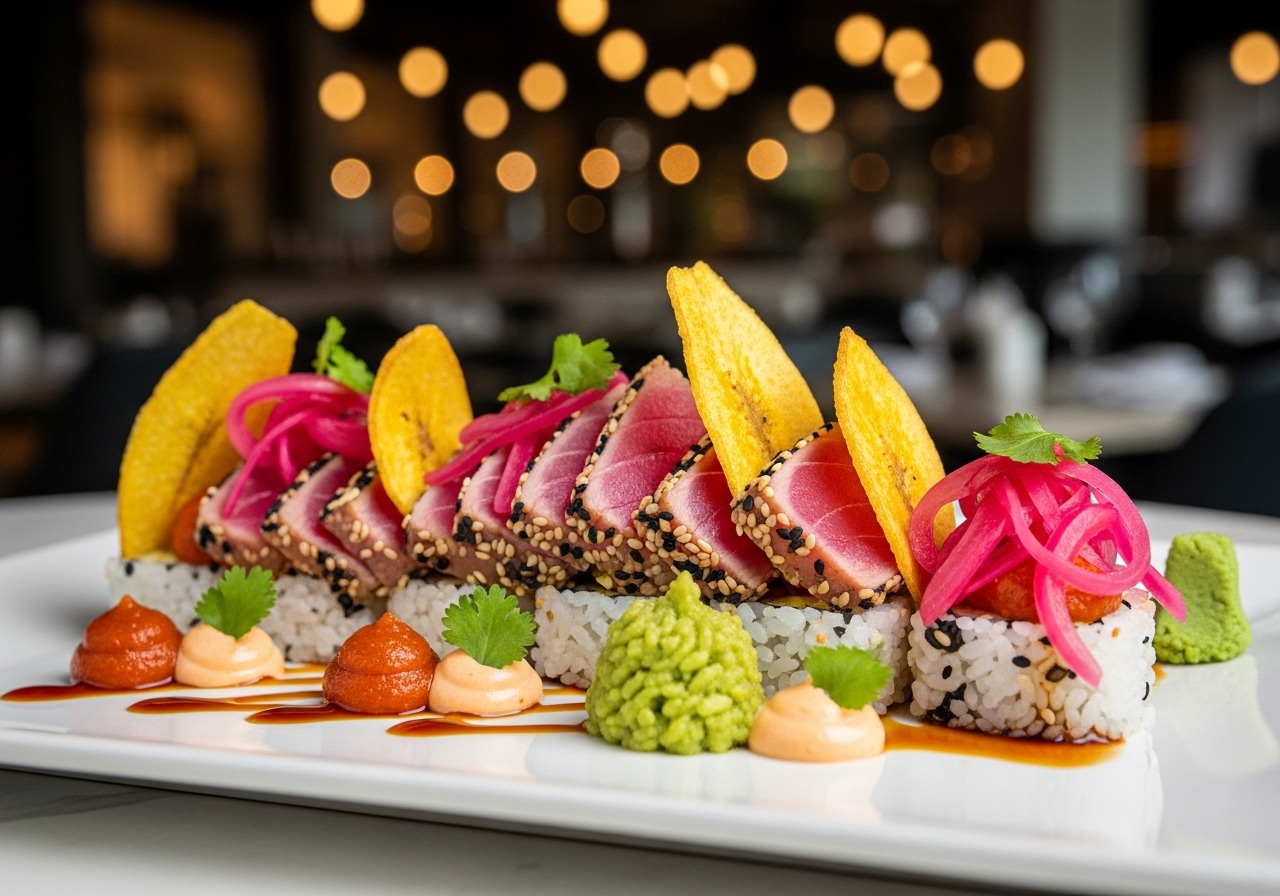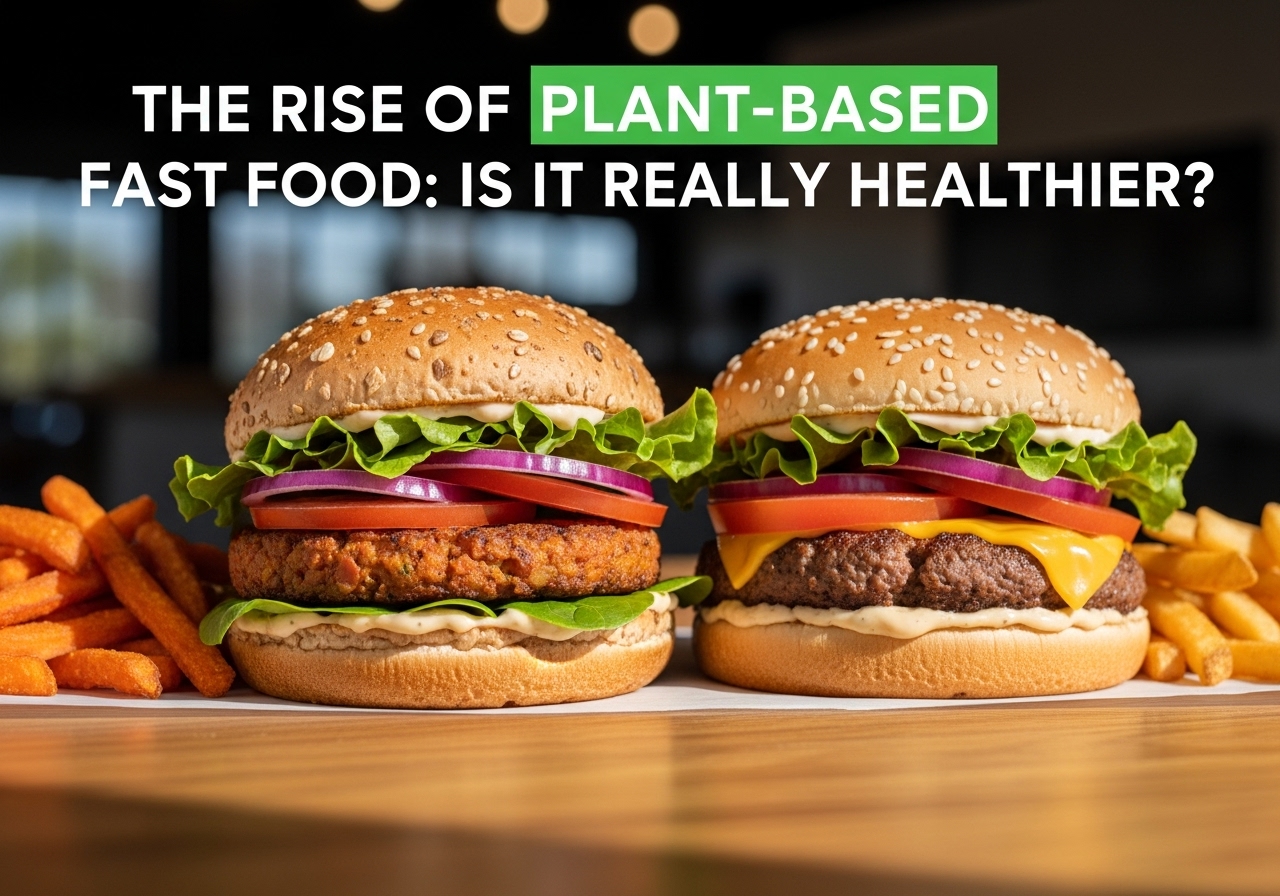Fusion Cuisine: How Cultures Are Blending on Our Plates
Fusion Cuisine: Blending Cultures on Your Plate The culinary world is witnessing a fascinating trend: fusion cuisine is becoming increasingly popular. This innovative approach to cooking combines different culinary traditions, resulting in unique and exciting dishes. Edit Full screen View original Delete Fusion Cuisine: How Cultures Are Blending on Our Plates By blending cultures on the plate, chefs are creating a new gastronomic experience that is both familiar and exotic. This fusion of flavors and techniques is not just about mixing ingredients; it’s about crafting a culinary identity that is fresh and captivating. Key Takeaways Fusion cuisine combines different culinary traditions to create new dishes. It’s about crafting a unique gastronomic experience. Fusion cuisine is becoming increasingly popular worldwide. Chefs are using this approach to innovate and stand out. The result is a fresh and exciting culinary identity. The Art and History of Fusion Cuisine With roots in historical cultural exchange, fusion cuisine has grown into a vibrant and dynamic culinary movement. This style of cooking combines elements from different culinary traditions, creating new and exciting dishes that reflect our increasingly globalized world. Defining Fusion Cuisine Fusion cuisine is characterized by its blending of culinary techniques, ingredients, and presentation styles from various cultures. It’s not just about mixing different foods together; it’s an art that requires understanding the essence of each culinary tradition being combined. Historical Roots of Culinary Blending The history of fusion cuisine dates back to ancient times when trade routes and migrations led to the exchange of culinary practices between cultures. For example, the Silk Road played a significant role in introducing new spices and cooking techniques to various parts of the world. Edit Full screen View original Delete global fusion foods From Necessity to Creativity Initially, fusion cuisine was often born out of necessity, as immigrants and travelers adapted their culinary traditions to available ingredients in new lands. Over time, this necessity turned into creativity, as chefs began to intentionally blend cuisines to create innovative dishes. Cuisine Traditional Dish Fusion Version Japanese-American Sushi California Roll Tex-Mex Tacos American-Style Tacos with Ground Beef Indo-Chinese Chow Mein Indian-Style Chow Mein with Spices The evolution of fusion cuisine reflects broader culinary fusion trends that are shaping the way we eat today. As global connectivity increases, the possibilities for new fusion cuisines continue to expand, offering exciting opportunities for chefs and food enthusiasts alike. Fusion Cuisine: How Cultures Are Blending on Our Plates … Read more

